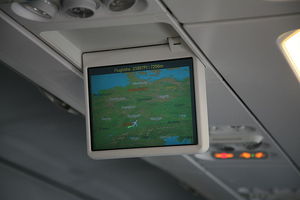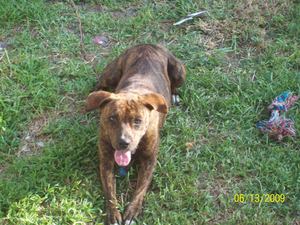The cabin doors close, the pilot makes the announcement, and the plane begins its coast down the runway. Suddenly, your heart begins to race and your breathing becomes heavier as you realize that you are trapped inside for the next couple of hours. Within minutes, you find yourself in the midst of a full blown panic attack, convinced that you are surely dying or losing your mind.
Airplanes are one of the most common places for panic attacks to occur. Oftentimes the fear of succumbing to a panic attack in the air is enough to trigger one. While therapy and medication remain the most widely accepted long term treatments for panic attacks, there are a few steps you can take to avoid them on your next flight.
Practice deep breathing (before and during the flight)
Proper breathing techniques can prevent anxiety from escalating to panic during a flight. Once your mind begins to race with anxious thoughts, the body responds by releasing a flood of adrenaline while it enters “fight or flight” mode. Rapid, shallow breathing into the chest triggers hyperventilation, one of the leading causes of panic. By breathing slowly and deeply into your abdomen, you can significantly reduce the panic response.
Progressive muscle relaxation also helps combat the physical effects of anxiety. Slowly tighten and then relax each muscle group in your body while breathing deeply and mindfully. Concentrate fully on the breath while allowing your thoughts to pass unattended. Practice these techniques not only during your flight, but in the time beforehand when anxiety typically begins to escalate.
Watch what you eat
If you are prone to anxiety or panic attacks, you should avoid food and drink containing caffeine until after your flight. Bodily responses to caffeine, such as increased heart rate and sweating, can mimic the early stages of a panic attack and escalate anxiety. Snacks that are high in refined sugar can have similar effects; fill up on foods that are high in protein and fiber to keep blood glucose levels stable throughout your flight. Nuts, oatmeal, beef jerky, whole wheat bread, chicken, vegetables, and cheese are a few good options.
Exercise pre-flight
Exercise on the day of the flight releases excess tension and promotes a lasting calmness. Exercise contributes to feelings of well-being by releasing “feel good” brain chemicals and relaxing the muscles. It is especially beneficial in preparing for a long flight, since the confined seats of an airplane allow for very little movement. Just as deep breathing induces a relaxation response, exercise has a similar calming effect that can last for hours.
Avoid catastrophic thoughts
What if I lose my mind? Am I dying? What if I have a panic attack and embarrass myself? These are all common thoughts that manifest from panic. Instead of concrete fears like crashing, people who suffer panic attacks on an airplane fear the fear itself. The mere thought of having a panic attack can be enough to trigger one, beginning a vicious cycle. While these catastrophic thoughts can certainly be frightening, they are not harmful. In all the vast literature on panic, there is not a single reported case of someone dying, going crazy, or losing control during an attack,” states Janet Klosko of the Cognitive Therapy Center of Long Island. Accepting the fact that your thoughts are unrealistic products of anxiety is the first step in breaking the cycle.
While it is perfectly natural to feel some anxiety on an airplane, you do not have to allow panic to take over. By following these suggestions, you can better prepare yourself for a relaxing trip and learn to stay calm if panic does begin to arise.
Sources: Everyday Health
Cognitive Therapy Center of Long Island


